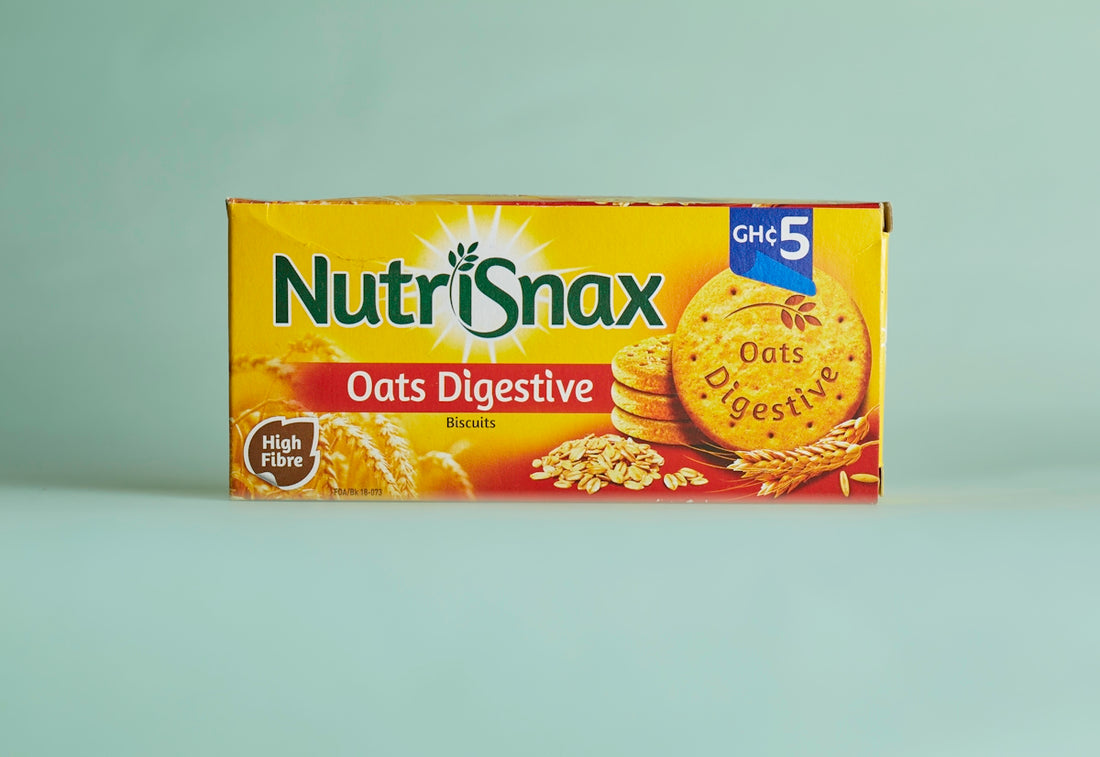
Understanding Sourdough for Diabetics: Healthful Benefits Uncovered
Sourdough bread has experienced a resurgence in popularity, not only because of its robust flavor but due to its potential health benefits, including those for individuals with diabetes. In this extensive exploration of sourdough, we will delve into the health aspects of sourdough for diabetics, discuss the magic of sourdough starters, and guide you through the world of homemade sourdough. Along the way, we'll touch on sourdough fermentation, the nuances of wild yeast, and share sourdough baking tips to help you create the perfect loaf at home.
The Health Benefits of Sourdough for Diabetics
Sourdough bread has a distinct advantage over other types of bread when it comes to blood sugar regulation. This benefit is crucial for diabetics who need to maintain stable blood sugar levels. The fermentation process involved in making sourdough reduces the bread's glycemic index, which means it has a lower impact on blood sugar than regular white bread.
During sourdough fermentation, natural acids and the slow breakdown of carbohydrates allow for better blood sugar control. The lactic acid bacteria in the sourdough starter also helps pre-digest the flour, making nutrients more readily available for absorption. Research suggests that the consumption of sourdough bread might lead to improvements in insulin sensitivity.
The Heart of Artisanal Bread: Sourdough Starter
A good sourdough starts with its sourdough starter, the living culture of wild yeast and beneficial bacteria. This versatile mixture is the foundation of your homemade sourdough, giving it its unique taste and nutritional benefits.
How to Feed and Maintain a Sourdough Starter
Maintaining your sourdough starter is akin to nurturing a pet. It requires consistent feeding to thrive. A reliable sourdough starter feeding schedule involves feeding it equal parts water and flour, keeping the mixture active and happy. How to feed sourdough starter is a crucial aspect for beginners diving into the world of sourdough baking.
Consider using tools like the Nonna Bella 5kg Digital Kitchen Scale with LED Display for precise measurements. Such precision ensures that your sourdough starter gets the exact nutrition it needs.
Sourdough Starter Troubleshooting
There may be times when your starter doesn't behave as expected. Common sourdough starter troubleshooting issues include a starter that isn't rising or has an off-putting smell. Address these by ensuring it has a consistent feeding routine and is stored at the right temperature.
How to Store Sourdough Starter
Storing your sourdough starter correctly is vital for its longevity. Whether kept in the refrigerator for long-term storage or at room temperature for daily use, understanding how to store sourdough starter ensures you always have a lively culture ready to bake.
From Starter to Bread: Crafting Homemade Sourdough
With your sourdough starter active, it's time to embark on your bread-making journey. Baking with sourdough requires patience and practice, but the results—a flavorful, chewy loaf—are well worth the effort.
Sourdough Bread Recipe
Creating an easy sourdough bread starts with a basic recipe: a combination of flour, water, salt, and of course, your homemade sourdough starter. Here’s a simplistic overview of the process:
- Mix the ingredients, then allow them to autolyse, or rest.
- Knead the dough until it’s smooth.
- Allow the dough to get a first rise at room temperature.
- Shape your loaf and let it rise again.
- Score the bread and bake until golden brown.
Shaping and Scoring
Learning how to shape sourdough bread is part artistry, part science. Proper shaping techniques improve the dough's structure and aid in an even bake. Additionally, mastering the best sourdough scoring techniques not only makes your loaf beautiful but also controls the bread’s expansion during baking.
For precision in these steps, the 1set Professional Baking Tools offers items such as a pastry mat and scraper—essential tools for every artisan baker.
Sourdough vs. Commercial Yeast
A question often arises: why choose sourdough starter over commercial yeast? Sourdough starter vs yeast doesn't just come down to flavor, but also nutrition. The fermentation process of sourdough offers enhanced nutritional benefits, while the long fermentation time further enhances bread digestibility and nutrient availability.
Sourdough Troubleshooting Tips
Baking the perfect loaf takes practice, and challenges will arise. Common problems include dense bread, a pale crust, or a loaf that doesn't rise as expected. Our sourdough bread troubleshooting tips focus on correct hydration levels, kneading technique, and oven temperatures to solve these issues.
Enhance Your Sourdough Baking Experience
Baking sourdough is more than creating bread—it's about embracing an age-old tradition. For the full sourdough experience, consider investing in quality baking tools. The 12Inch Ceramic Pizza Stone can double as a versatile baking tool, ensuring even heat distribution for both bread and pizzas. Pair it with Nonna’s Wooden Pizza Board for a rustic touch and convenient serving.
Conclusion
The journey of My Sourdough Life can be transformative, especially for those with specific dietary needs such as diabetes. By understanding sourdough fermentation and using wild yeast, you not only create delicious bread, but contribute to a healthier lifestyle.
Visit Italian Sourdough for more resources, recipes, and premium baking tools to elevate your artisan bread baking experience. Embrace the art and science of sourdough, and may your loaves always rise to the occasion.
